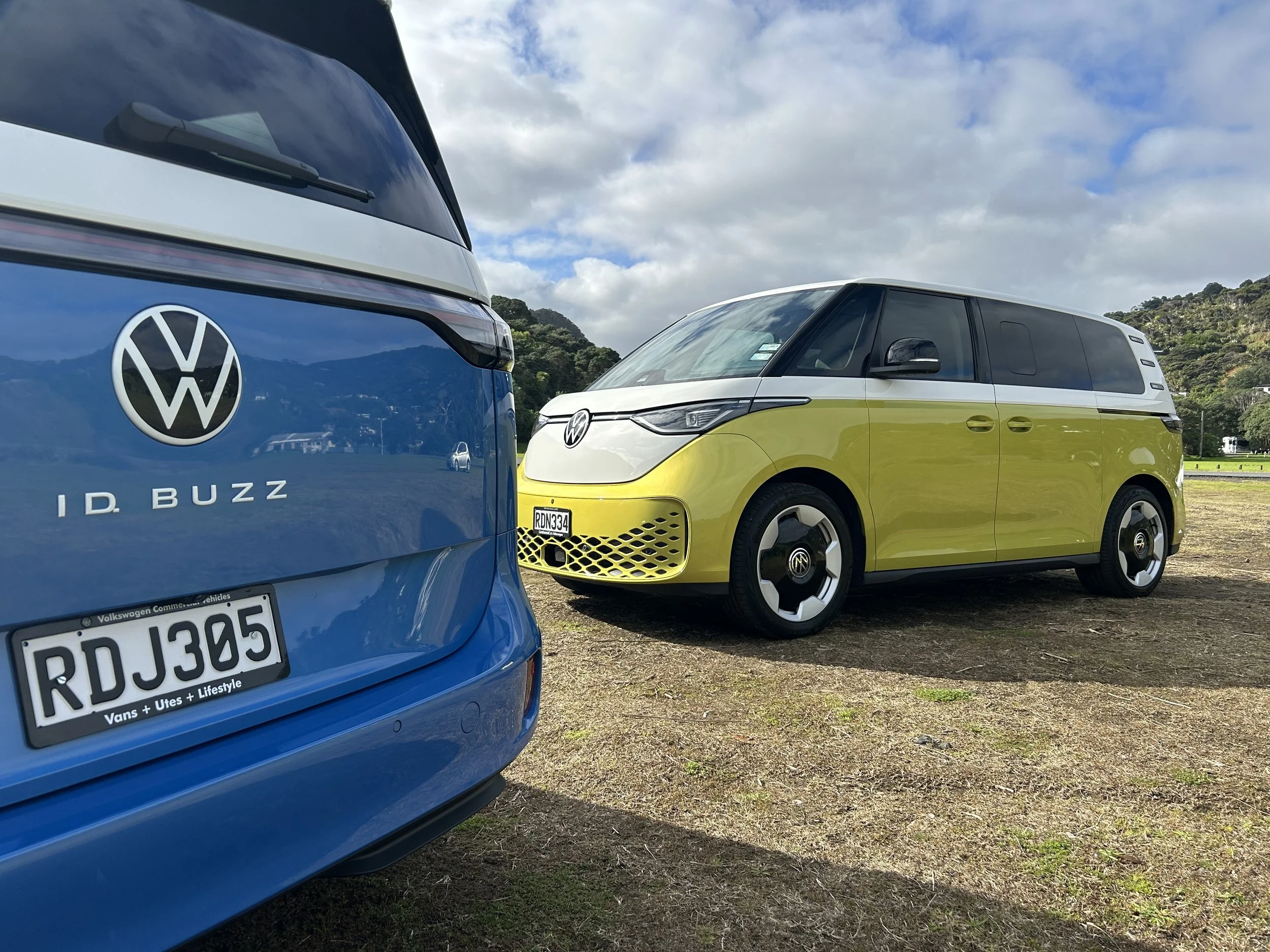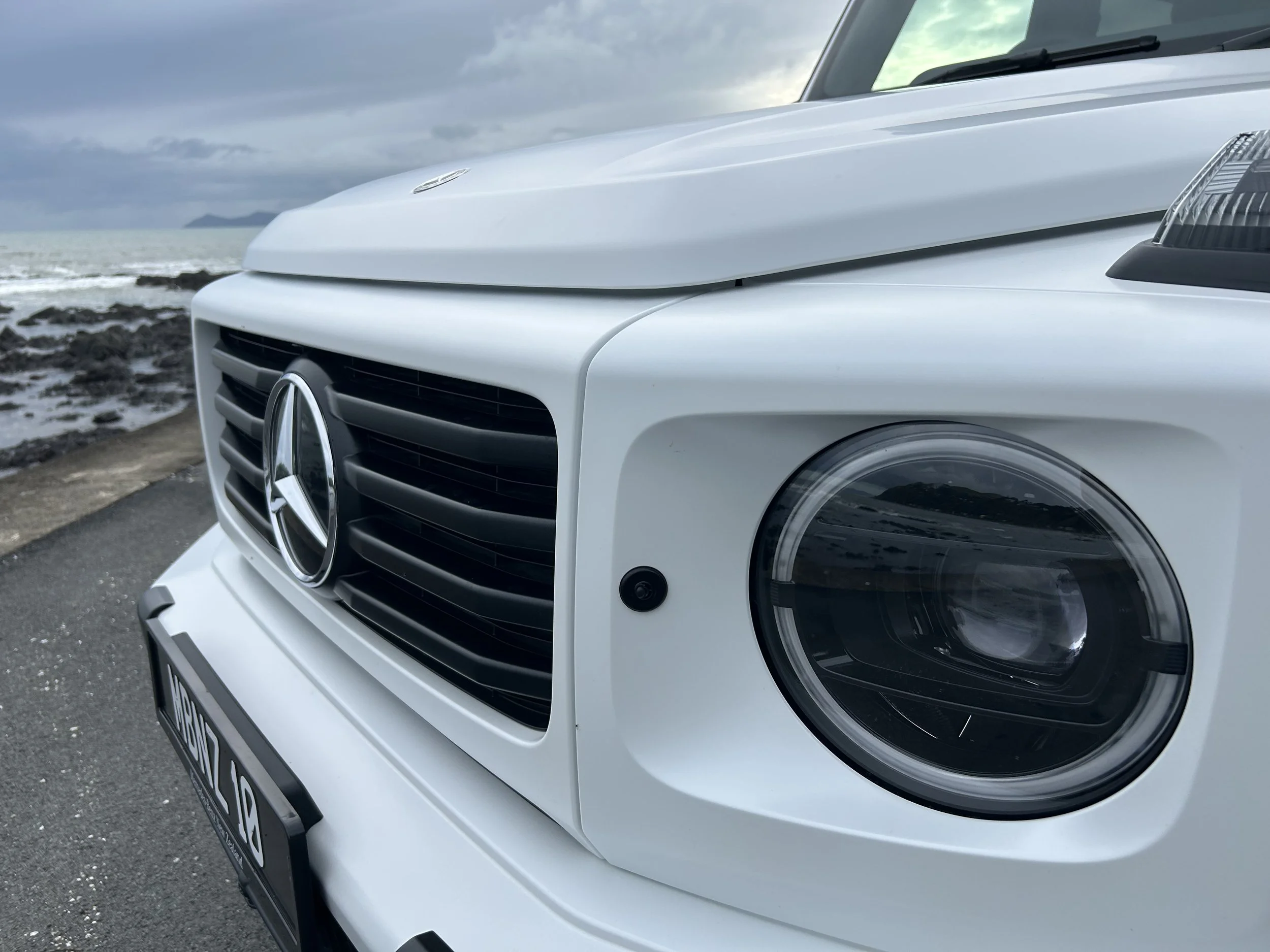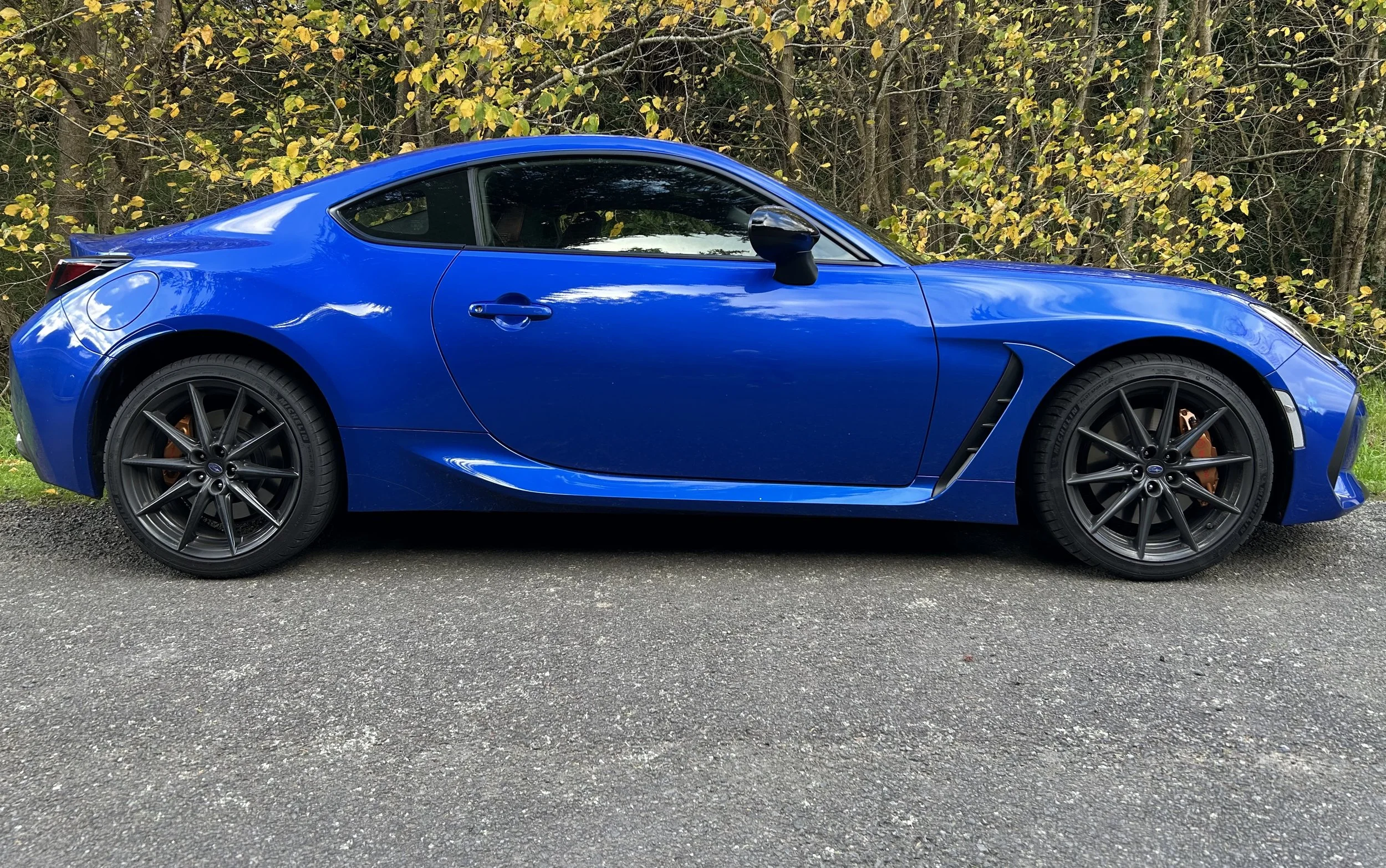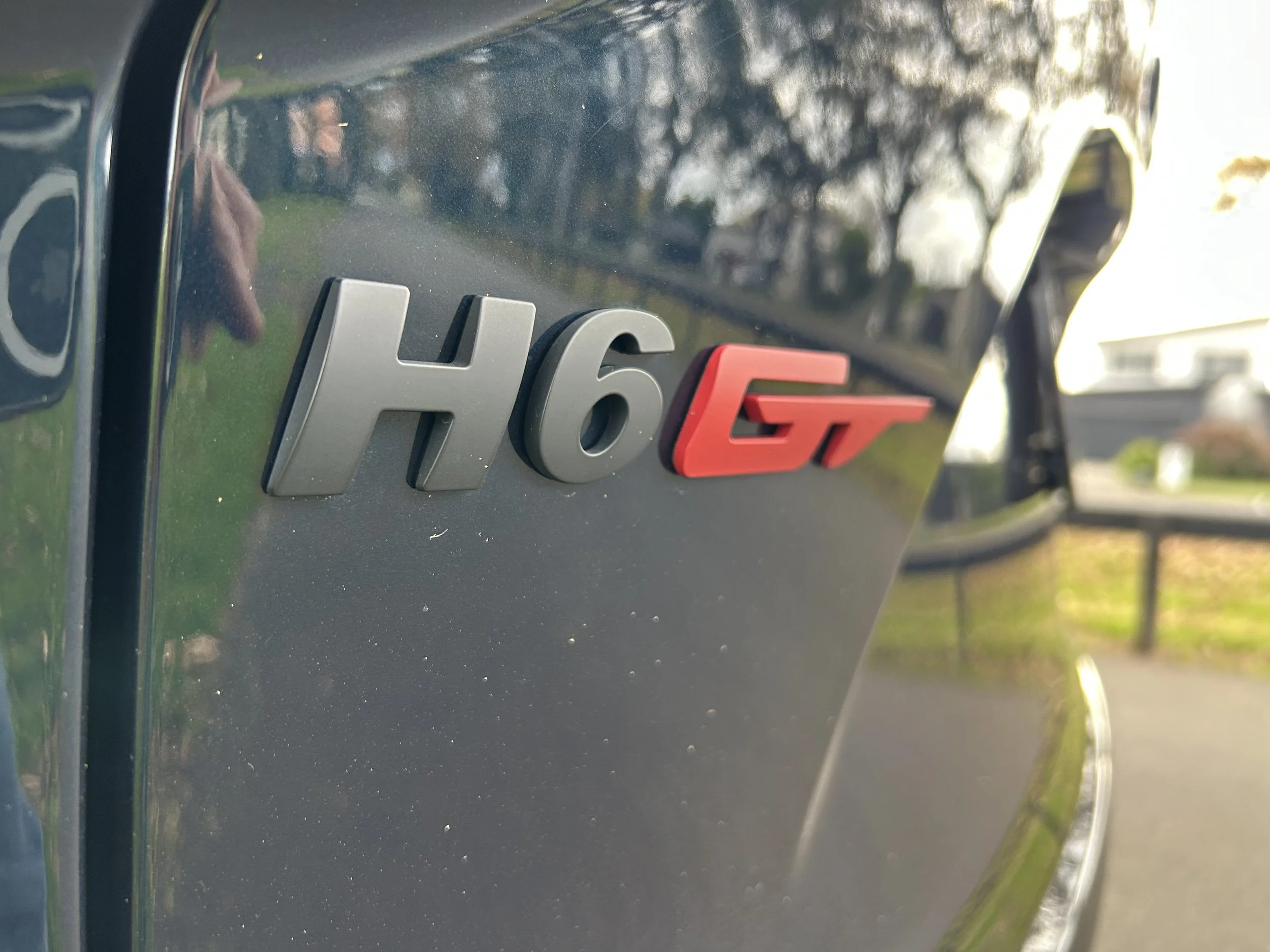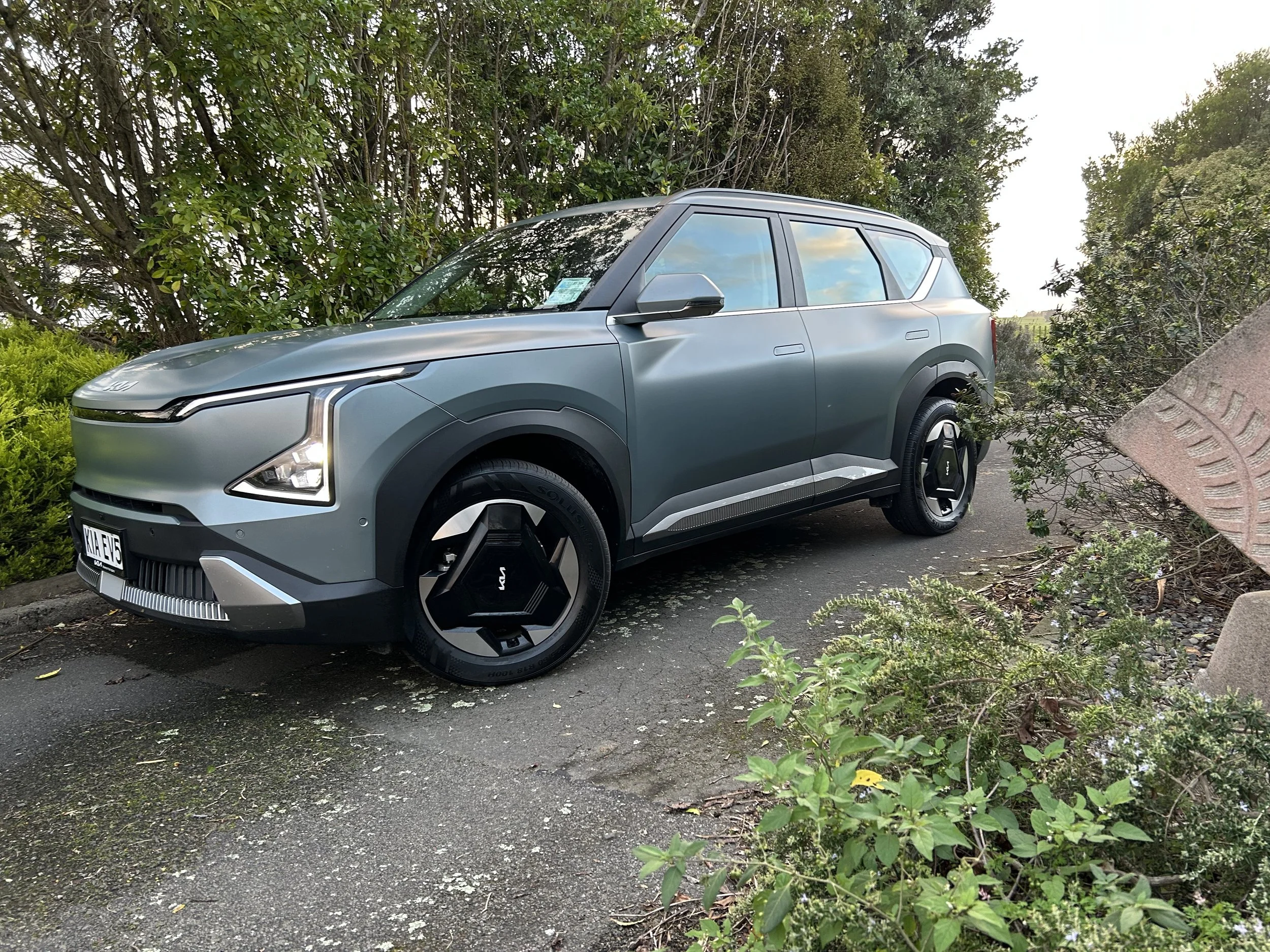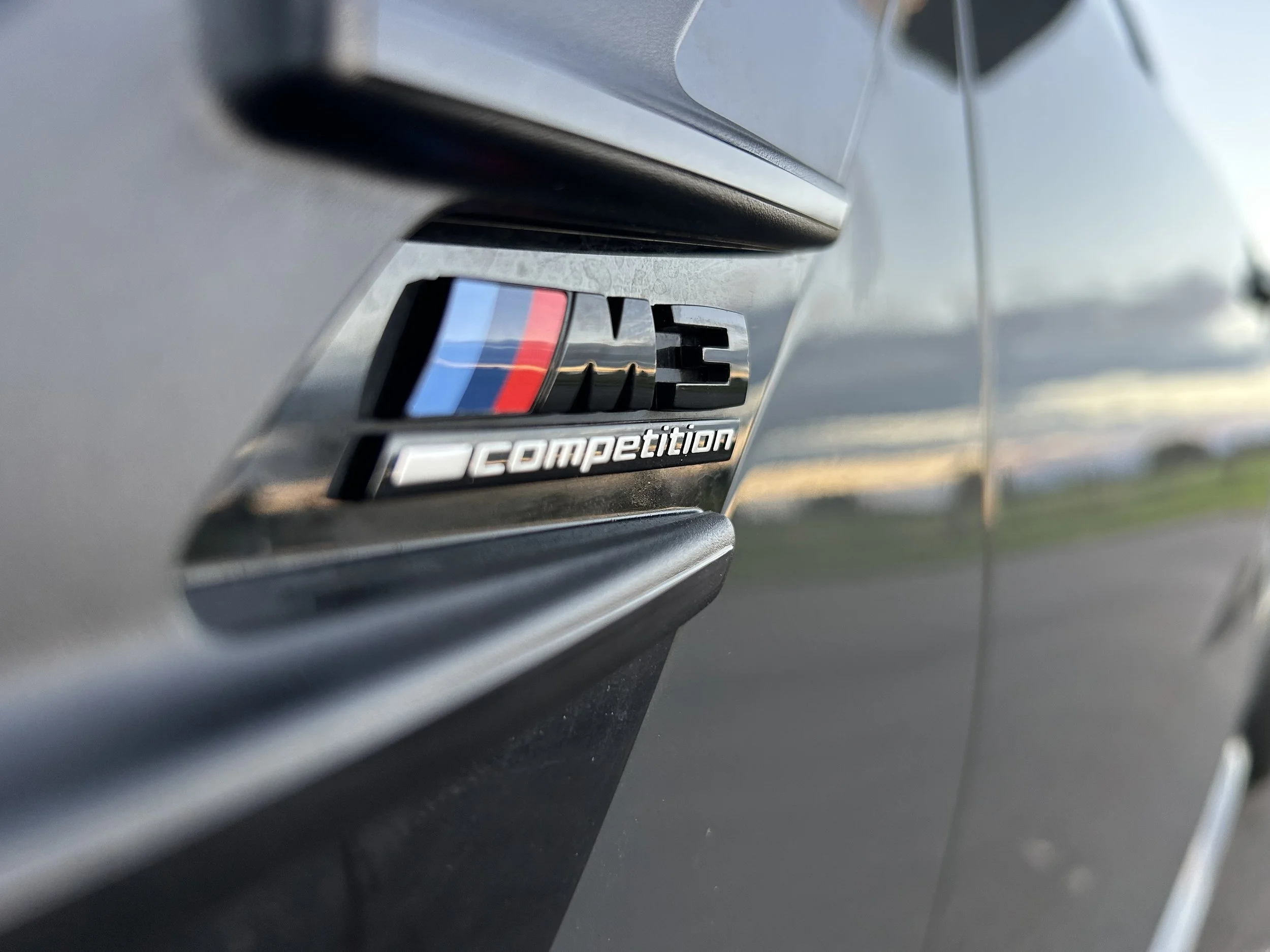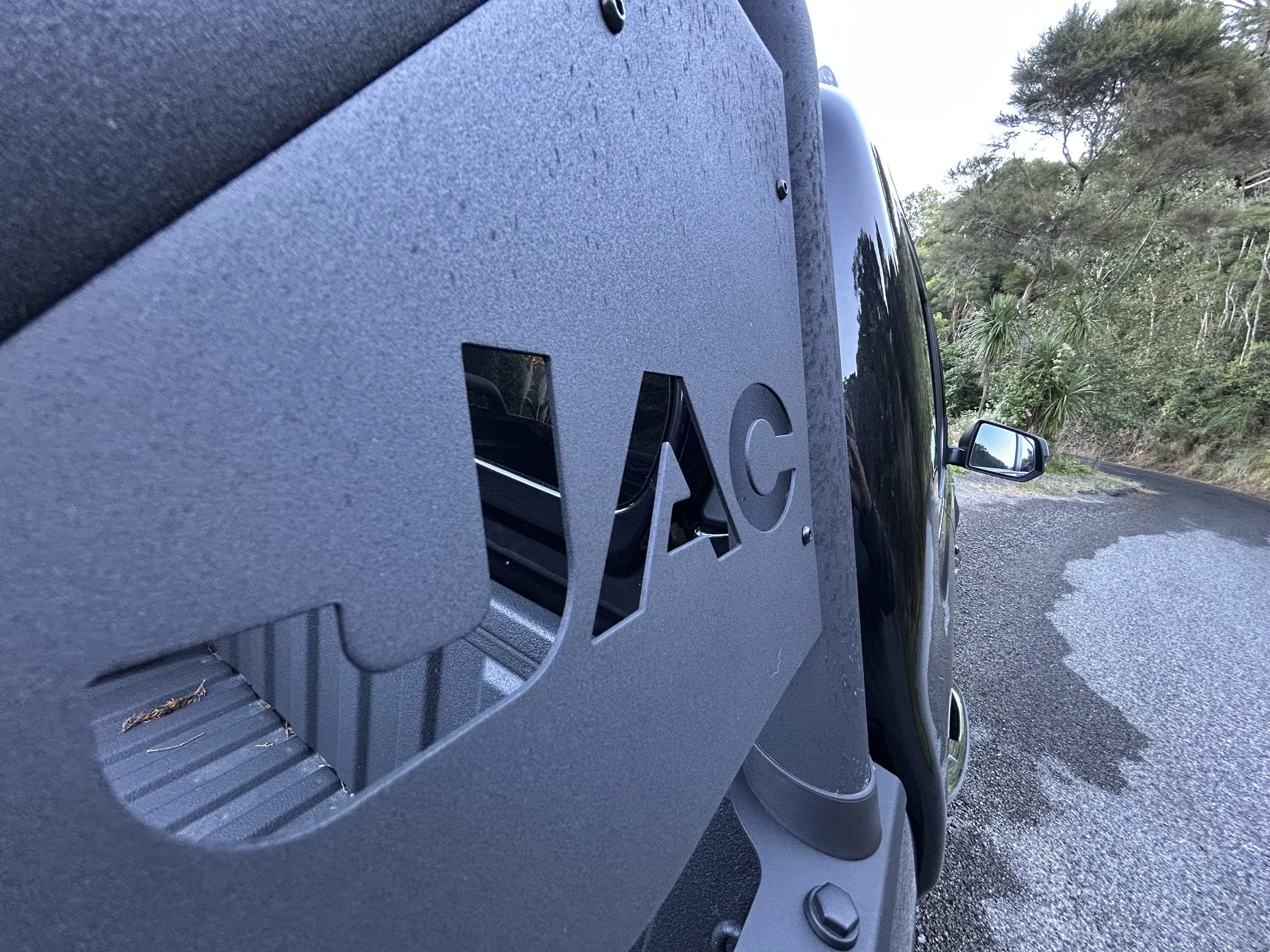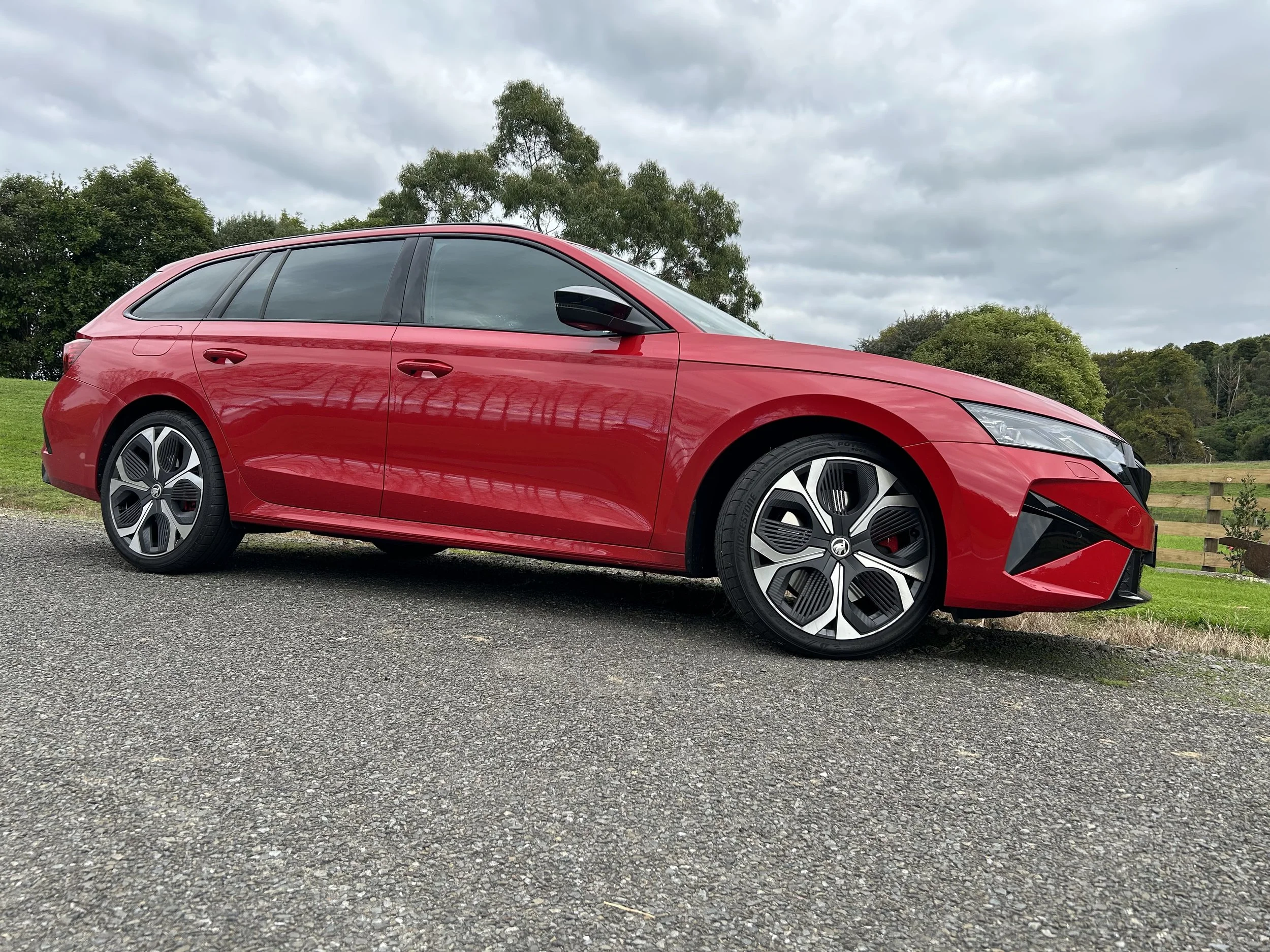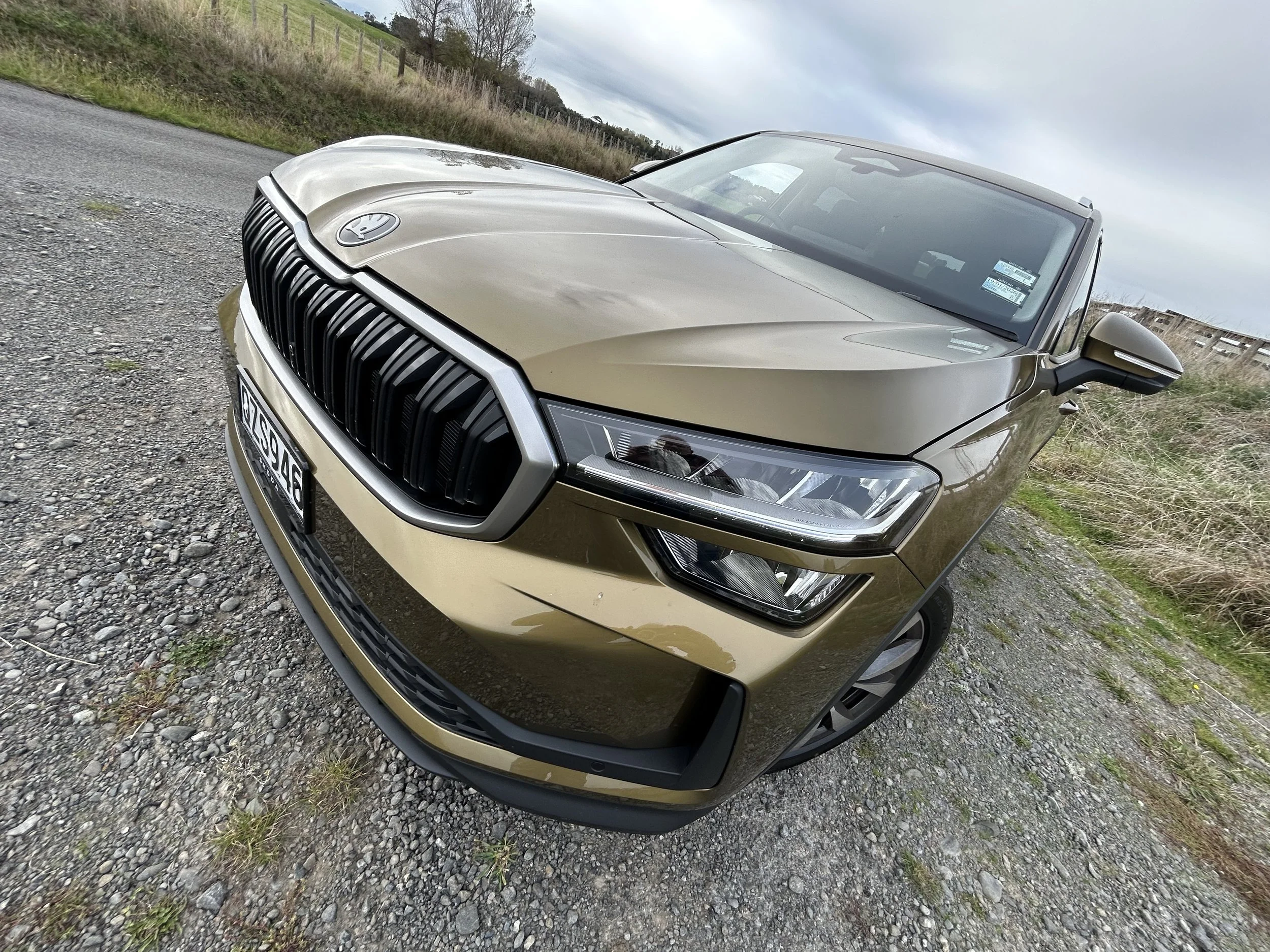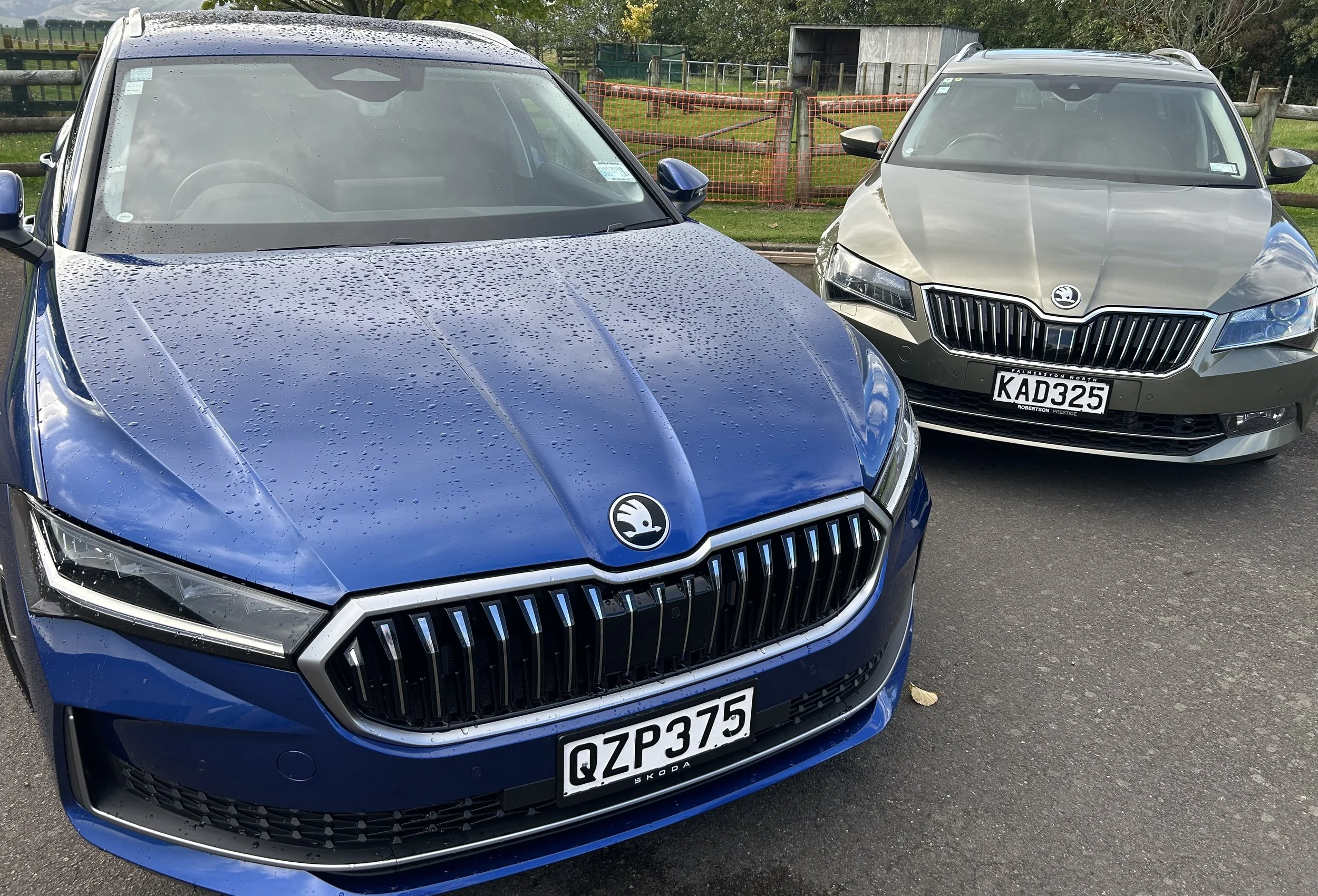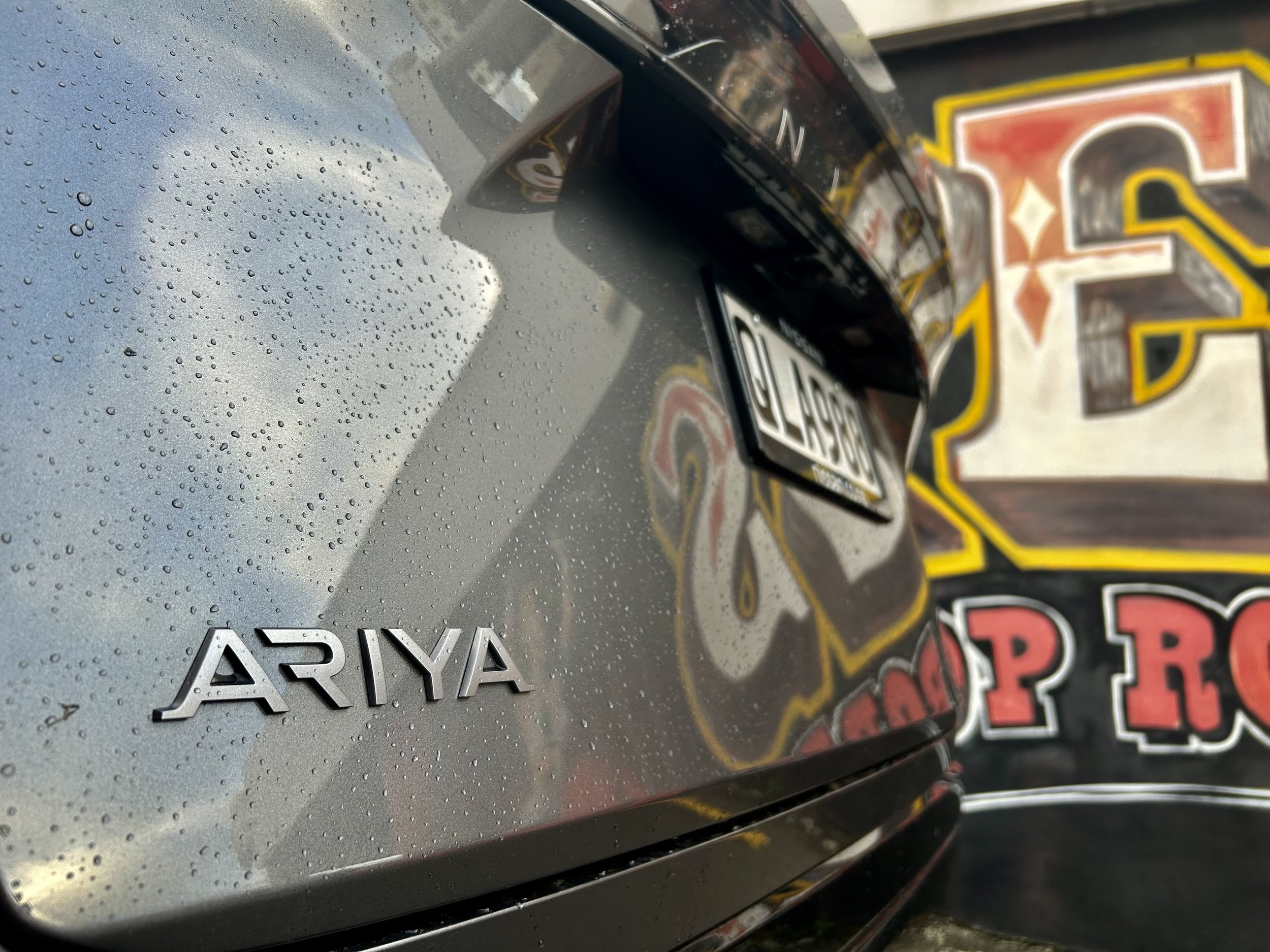Swift’s electric-influenced zap reduces zip, but a positive move
/New gen car’s regression from four engine choices to just one narrows focus to eco efficiency over oomph. But it’s what buyers want, the brand says.
THAT the latest Swift is now reliant on a single new engine with outputs essentially equal to those from the weakest choice in the outgoing range won’t degrade its sporty fun image, the brand’s local boss contends.
Suzuki New Zealand chief executive Gary Collins is confident a buyer base that has made this pert city chic runabout his outfit’s top seller by comfortable margin and also a national favourite, with just under 33,000 sold since the car settled into a signature shape in 2005, will find much to like from an engine created foremost to sharpen eco credential, a important factor to meet impending tightening of the low-emissions seeking Clean Car Standard.
Another plus for strong acceptance is that the new hybrid is at a handily lower price point than the previous petrol-electric option.
Allowing time for customers to adapt to the different traits of the new three-cylinder hybrid is nonetheless why a same capacity, but wholly different four-cylinder engine popular in the old line is being kept in service as well for the interim (but in the old car).
Collins says decision to continue selling a GL automatic 1.2 edition of the outgoing family until stock runs out, potentially later this year, is simply because its been a sales giant. Much more so than the previous hybrid. Can tastes change?
“The majority of our sales have been with that 1.2-litre GL so we will continue to have that model … but I also think a growing number of our customers prefer to move to hybrid.”
At same token, a sweet run is predicted for the new hybrid. Improvement in efficiency and pricing revision that repositions the technology from $28,990 to $32,500 previously to $25,990 up to $29,990 - albeit just for a limited period - will be beneficial, he feels.
“There has been a bit of a price gap in the past and now we have narrowed that difference I think that (buying the hybrid) is going to be a fairly natural progression for most of our customers.”
Swift keeping good health is vital to Suzuki New Zealand’s bottom line. So far, so good. The car often captures up to 50 percent of its overall volume, outsells its closest category competitor, Honda Jazz, by two to one and has been the number one privately purchased car in the country since 2005, with over 32,000 registered. That count excludes used imports, which have at times outnumbered the NZ-new take-up by two-to-one.
Even though the new car sector is a doldrum, with overall volume down 10 percent and the passenger element so far off 22 percent on comparison with last year, year to date Swift has continued to be a giant of its sector, achieving 939 registrations.
Suzuki New Zealand’s next best performer is the Jimny light off-roader, on 402.
Speaking yesterday at the fresh car’s launch, which kicked off in Whanganui and involved driving through the Rangitikei and Manawatu, Collins (above) said the aim is to sell 2850 new Swifts over the next 12 months, a slightly reduced target over last year, but still satisfying.
Latest Swift remains highly familiar in general external appearance, but change has come with an upgrade in tech, efficiency and modernity, particularly with instrumentation.
Beyond this, there’s the firm and full allegiance to ‘self-generating’ hybrid technology.
It pulls back to two specifications, introducing new designations - GLS in five-speed manual (to create a low entry point and also appease a cache of loyal buyers) and a stepped constantly variable transmission, for $25,990 and $27,990 respectively, and a higher-trimmed RSC that has a more advanced version of that CVT, for $29,990 - all with that 1.2-litre petrol hybrid drivetrain.
The old range had one of those too, in identical capacity, but that was a four-cylinder. It was also one of four engines availed.
Now it’s a three-cylinder whose benefit of being married to a new electric motor feed by a slightly larger battery than previously is that becomes marginally leaner and cleaner and more effervescent in operability and exhaust note than the old hybrid.
What hasn’t altered much are outputs. Brand data cites the hybrid now generating 61kW power and 112Nm torque. The previous hybrid made identical power and only 5Nm less torque. Modest gain.
Those outputs mean the hybrid is also weaker than other engines Kiwis enjoyed in the gen three line, which arrived in 2017 and refreshed in 2020.
The fully petrol dedicated 1.2 that is continuing in the previous generation GL auto creates 66kW/120Nm. The other choices in the old car were a 1.0-litre triple with 82kW/160Nm and a 103kW/230Nm 1.4-litre for the Sport flagship. None of those engines have a place in the new car.
Does performance matter to Swift buyers? It obviously does to some degree, hence why the previous generation Swift Sport is also being kept in production for at least another year, meaning it will likely keep selling here well into 2025.
The performance-tuned type hasn’t the national penetration it once enjoyed, in the last year accounting for 17 in every 100 sales, but it has become such a staple Suzuki locally cannot see itself without one. The old car will maintain existing $30,490 to $33,000 tags.
Suzuki Japan has yet to say if it will create a new Swift Sport, but talk overseas suggests that is probable.
Collins says his office has no official news. “We don’t have any certainty about that at all. All we know is that we have the current car for the time being.”
In respect to how much zip Swift buyers expect, he offers that though the hybrid hasn’t the previous cars’ outright grunt, it still delivers “the sporty characteristics” of a Swift.
“It’s quite a peppy engine. So I think bit’s more of a ‘best of both worlds’ engine … good fuel efficiency and low emissions are very important to people, especially when you are looking at small cars.
“We think that the hybrid ticks all the boxes. Swift has always sold on being a good looking vehicle and a great package but overall the affordability that has also been a very key aspect.”
A caveat about the hybrid’s pricing is that it is an introductory position that can only be guaranteed until end of August.
After that, there will be a review, with head office in Japan making the final decision. Collins says it cannot be discounted that it could thereafter migrate back to the previous price spots.
Longer term, Suzuki has an electric car on the boil, already shown in concept form. That car would be slightly larger than the Swift, but also a hatchback, and seems more likely to come out of India, where Suzuki has its biggest manufacturing base outside of Japan and also a EV hotspot.
With electric car sales down 70 percent to date year-old-year, with just 2273 registered between January-April against 7623 for the same period in 2023, surely Suzuki NZ is in no hurry to take it?
“It was always scheduled for us for late 2025 … and we’re thinking that timing is very good. The electric car market has certainly dropped back at the moment, but we’re sure there will be a growth again as time progresses.”
At the moment the national operation is “quite thankful” the release timing isn’t imminent. This time last year, it was being bagged for not having an EV, but at that time such a car was simply an impossibility.
Explains Collins: “Suzuki doesn’t tend to be first to market with new technologies, and in the second half of last year that seemed like a significant hindrance to our business.”
In hindsight, he continues, that ‘lapse’ has left Suzuki NZ in a secure position, not having dollars tied up in EVs that are proving very difficult to sell.
“While electric vehicle sales will steadily improve, some distributors will certainly have a difficult remainder of the year balancing the books, with overall sales down and a portion of their model mix sold at significant losses.”









